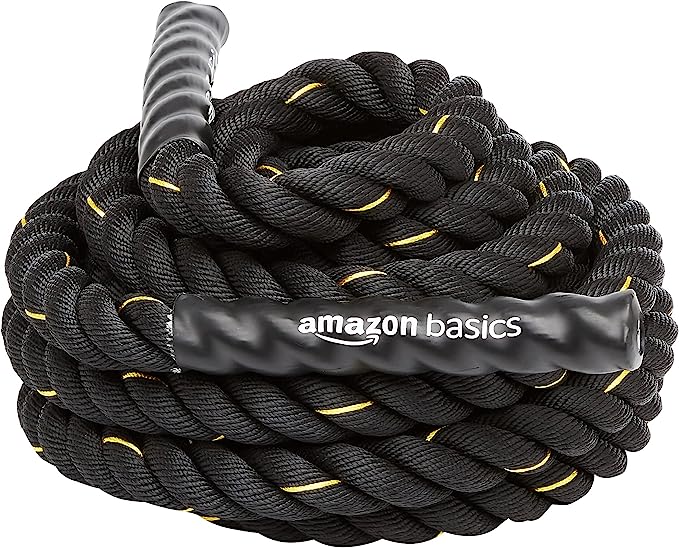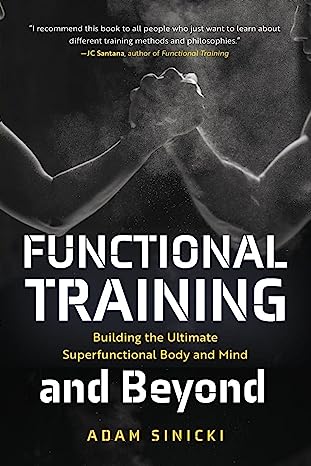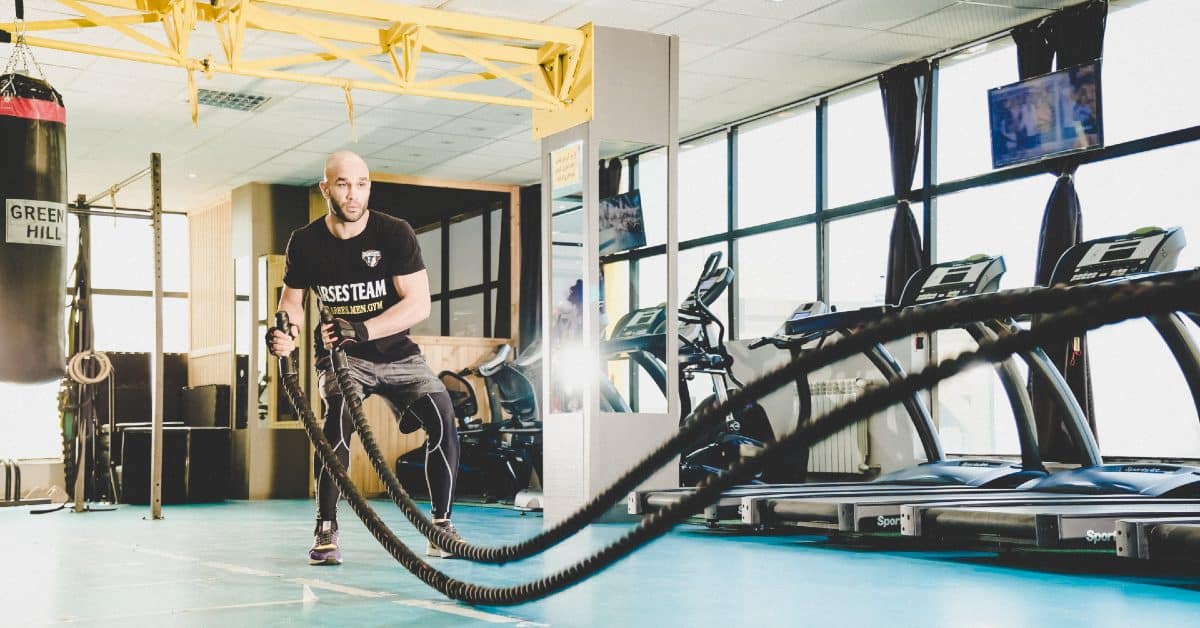Martial arts and resistance training might seem like an obvious combination today, but this was not always the case. In fact, when Bruce Lee began to supplement his martial arts with weightlifting, this was considered unusual. Many people even suggested that Bruce would become slow and bulky; that his weight training would hinder his kung fu, rather than enhance it!
Things are different now, of course, but there is still a lot of confusion over how to integrate strength training for martial arts. Strength training can in fact slow you down… if you aren’t doing it right!
This is a rather complicated and controversial topic. “Functional coaches” get paid an awful lot to train the best fighters and even they don’t necessarily agree on the best methods! So, we won’t be able to cover everything in a single post. But what we can aim to do, is to address some of the key concepts in functional training for martial arts. This will give you a better idea of how to apply these principles in your training and serve as a “jumping off point” to continue your own research.
Here are some important aspects to consider:
The Role of Strength Training for Martial Arts
First and foremost, we need to consider the role that strength training has in any athletic program. The mistake that a lot of beginners make is to start lifting extremely heavy weights in a manner similar to a traditional powerlifting program. It’s not uncommon to see inexperienced coaches prescribing their fighters with 330 lbs squats and 290 lbs bench presses!
The issue is that fighters don’t need to be that strong. Strength alone does not make for a more powerful punch (more on this in a moment), which means you won’t be making optimal use of your time in the gym. More to the point, you’ll be taxing the nervous system to a very extreme degree, leaving much less in the tank for skills training.
You kick and punch harder as a result of practicing kicking and punching. Strength training should therefore aim to increase the “well of strength” that you can draw from. But it should never be performed to the detriment of the “main meal,” as it were.
Specificity
One of the central components of functional training, is the concept of “specificity.” Specificity basically means that an exercise should look a little like the skill it is trying to strengthen.
Does a bench press benefit a punch? Only to a small degree. The issue with the bench press is that it isolates the pecs to a huge extent and supports the trunk and core. You may be able to push 130kg lying down, but try and do this standing up and you’ll fly backwards! Try and punch like this and you’ll be throwing “arm punches” with a fraction of the power and speed they should have.
Building massive pecs and no core to support them is, as JC Santana from the Institute of Human Performance would say, “like trying to fire a cannon from a canoe.”
No, a punch involves rotation and a braced core. That means you should be training in the “transverse plane.” In English, that means you need to twist the body. At the same time, you need to learn to transfer that ground reaction force.
We can do this with a staggered stance band press, cable punch out, or, to a lesser extent, woodchopper or one-arm push up. If you don’t know these movements, YouTube will help you out!
Core Strength
Core strength is extremely important in general, in fact. This is because you need a strong core to perform powerful movements of any sort. As Stuart “The Back Mechanic” McGill puts it: proximal stiffness enhances distal athleticism.”
The analogy I like to use here is hitting someone in the face with a plank of wood that has a nail sticking out at the end. Nasty! But if you imagine hitting that person with a floppy plank then you see how the stiffness is necessary for the transference of force. No one wants a floppy plank!
We can train this core stiffness with movements like the dragon flag, LaLanne Push Up, or one arm push up. These are “anti-movements.” The dragon flag, for example, is an “anti-extension” movement because you need to prevent the legs from sagging causing extension in the spine. This, in turn, requires you to keep your rectus abdominis braced the entire time. Just as you do when trying to stop someone from pushing you over.
It’s no coincidence that the dragon flag was a favorite move of Bruce’s! This is something that Bruce Lee understood well.
Explosiveness
Martial artists also need to be explosive. This is different from being strong!
Max strength is the maximum amount of force you’re able to exert. If you have a heavy bench press, then you have a high amount of max strength.
Explosiveness is the maximum amount of force you’re able to exert quickly. This refers to something called “rate of force development” and we develop it by practice moving against resistance rapidly. A clapping push up is more about explosiveness than strength, for example.
The key is to have a rapid intent but also to ensure you have the resistance correct. One study showed that the sled pull could increase running speed among sprinters as long as the total weight used was 75% of bodyweight or lower.
Once the study authors exceeded this amount, it forced the athletes to work slower and thereby changed the intent. In short: they stopped getting quicker.
Likewise, if you want to get better at jumping, try squatting with <75% of bodyweight while aiming to complete the movement quickly and explosively. Do this rather than training with your one rep maximum.
Movements will now be ballistic or plyometric. The definition of plyometric training is a whole thing but it’s something we can address more in a future post.
Strength Endurance
Finally, any fighter needs strength endurance. This is the ability to exert strength for a long period of time.
You can be the strongest and most explosive athlete in the world, but if you tire out after the first round, then you’re no use to anyone!
This is another reason to lighten the load used and to focus on being explosive and increasing the rep range. Tools like battle ropes and Bulgarian bag are fantastic for developing this kind of continuous effort and can be a great addition to your training.
Amazon Basics Battle Exercise Training Rope
With a durable 100% Poly Dacron construction and a 1.5-inch diameter, this 30-foot black battle rope is built to withstand intense workouts. The orange/yellow tracking line aids in maintenance, while the 600D Oxford waterproof sleeve protects against friction and fray. Equipped with heat shrink caps and high tensile strength, it ensures a heavy and reliable performance.

Pros
- The rope is sturdy and can withstand rigorous use
- The 30 ft length and 1.5-inch thickness provide ample space for effective workouts
- The compact size of the rope makes it ideal for use in small apartments or limited workout areas
- Good value for money
- Effective workout tool
Cons
- The rope can make noise when used on certain surfaces
Suples Bulgarian Bag Original Leather Sandbag
Made from genuine leather, this crescent-shaped bag provides comfort and is pleasant to use against the trunk and shoulders. With multiple handles and safety straps, it enables forearm and grip development while ensuring safety during dynamic movements.

Pros
- Sturdy and durable construction
- Made with high-quality materials
- Provides a challenging and effective workout
- Versatile tool for various exercises
- Suitable for developing functional strength and grip
Cons
- Heavy weight may be too challenging for some users
- Price
Where to Learn More?
This is just a brief overview of the concept of “functional training” as it can relate to martial arts. We haven’t even touched on topics like coordination, proprioception, grip strength, or the usefulness of kettlebells and clubs.
This is an extremely broad, nuanced, and fascinating topic and we’re still learning more all the time. If you’d like to learn more about functional training as it applies to martial arts, sports, and life, then check out my book Functional Training and Beyond from Mango Publishing.
“Functional Training and Beyond: Building the Ultimate Superfunctional Body and Mind” by Adam Sinicki
This book goes beyond traditional functional training, offering advanced methods to improve physical performance and mental well-being. Discover new ways to train your body and mind, achieve greater mobility, reduce pain, enhance mood, and increase energy. With a comprehensive approach that includes kettlebells, calisthenics, clubbells, and more, this book is a must-read for personal trainers, fitness enthusiasts, and anyone seeking a practical and exciting way to transform their body and mind.


